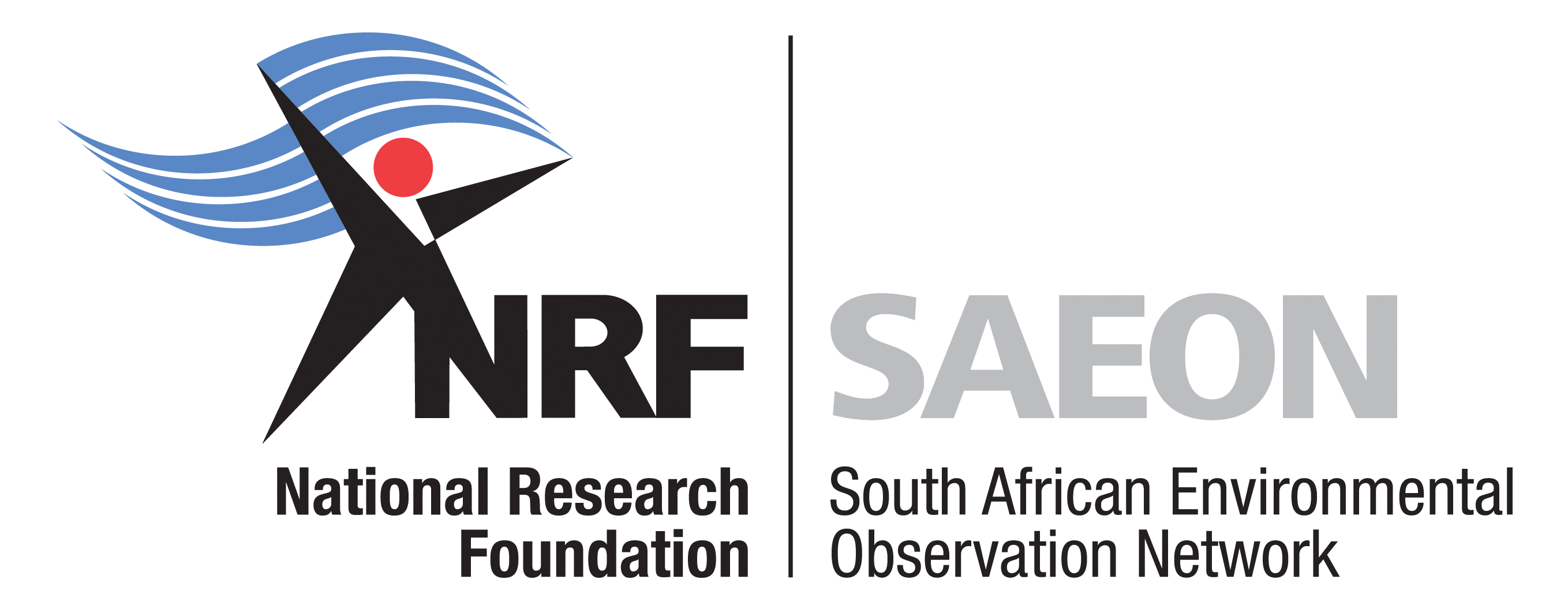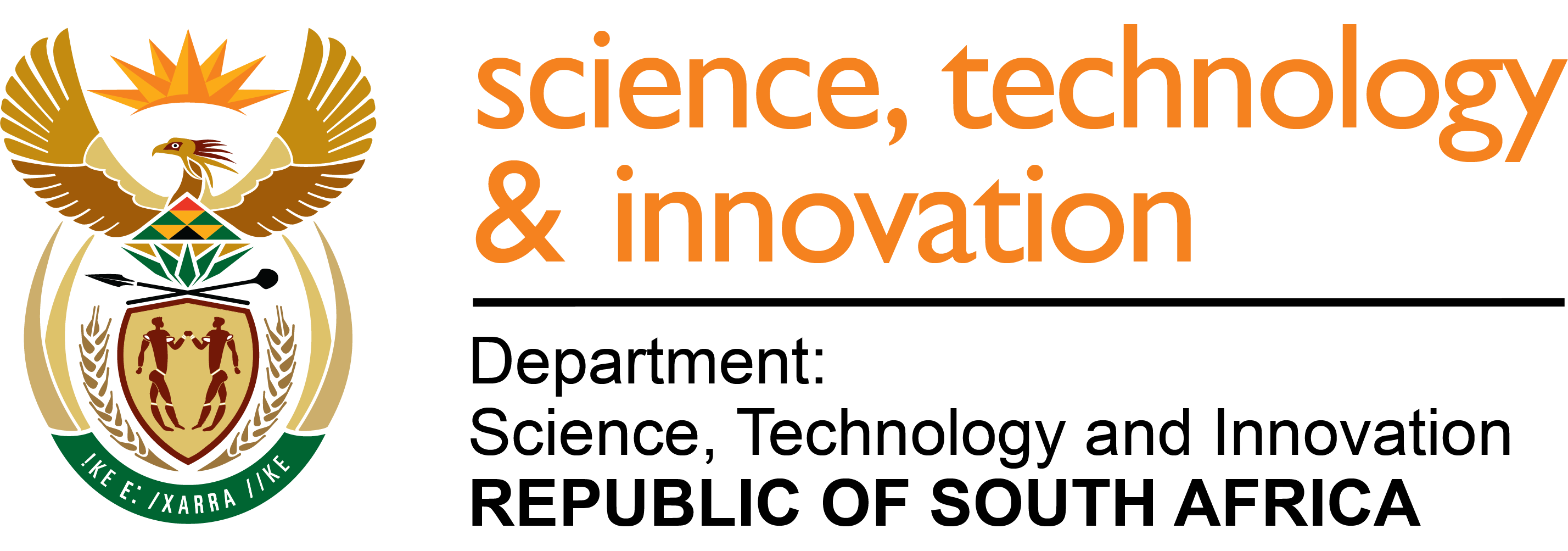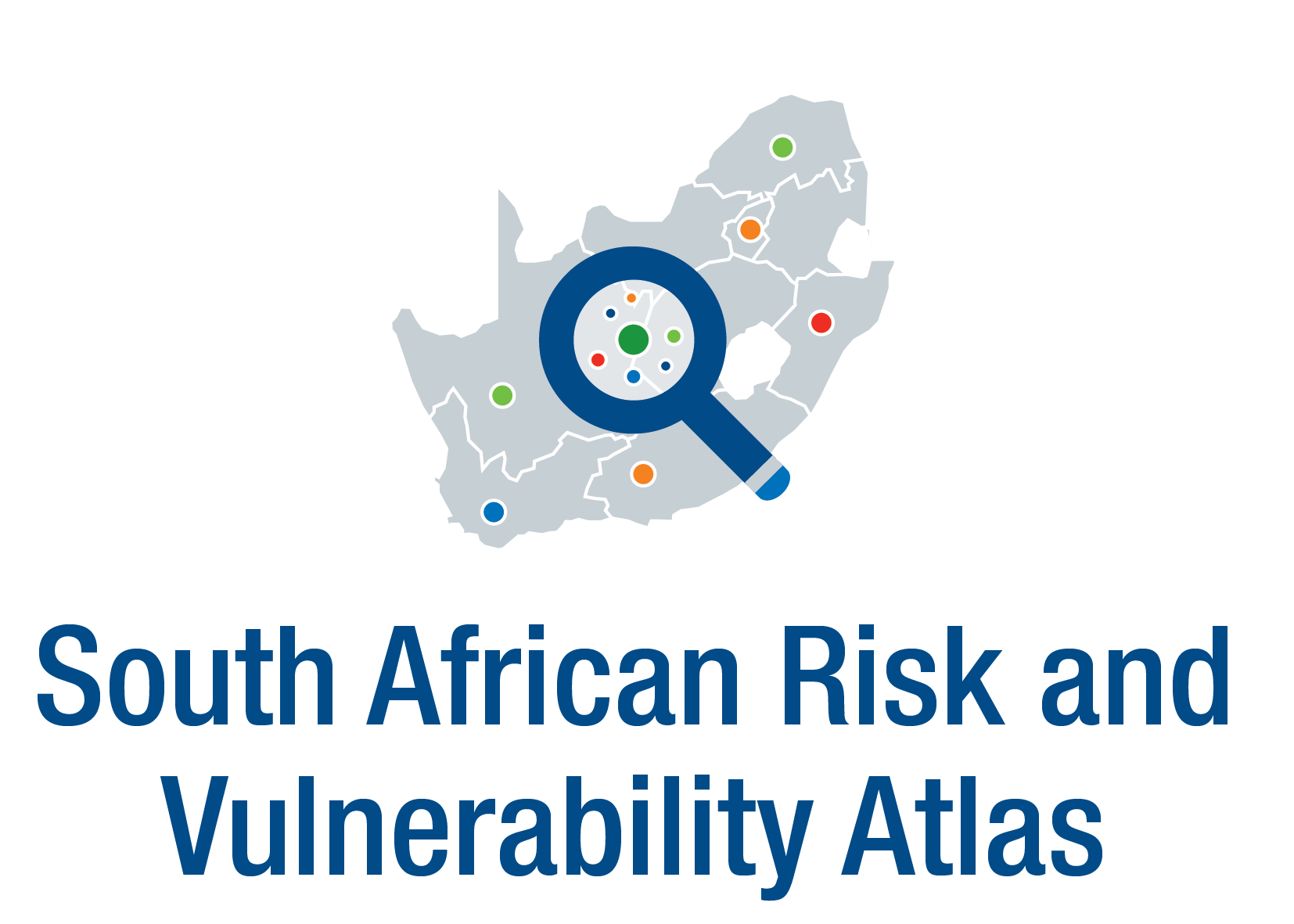Featured Products
SARVA is home to a growing number of themed based atlases that investigate the spatial characteristics of risks and exposure.
The South African Risk and Vulnerability Atlas is an open access data platform that unites data to solve complex interconnected problems. SARVA is an initiative of the Department of Science, Technology and Innovation (DSTI) and forms a 10-year Global Change Grand Challenge. The Atlas is a living collection of global change resources – including scientific data and long-term observations, static content, references to documentation and reports, and other digital objects.
SARVA is home to a growing number of themed based atlases that investigate the spatial characteristics of risks and exposure.
The South African Risk and Vulnerability Atlas (SARVA) and the South African Environmental Observation Network (SAEON) have developed a comprehensive Climate Risk Report for the Presidential Climate Commission. This report offers an in-depth analysis of South Africa’s climate dynamics, focusing on observed and projected changes in weather patterns and their implications for various sectors.

Discover how the South African Risk and Vulnerability Atlas (SARVA) turns complex climate data into powerful insights for a more resilient future.


